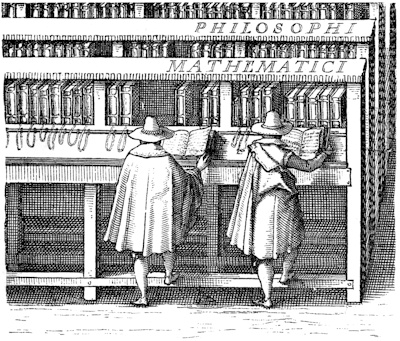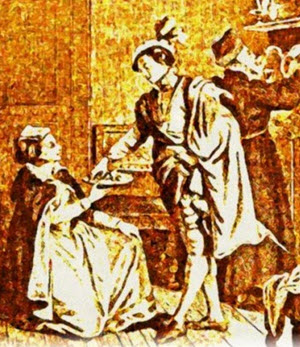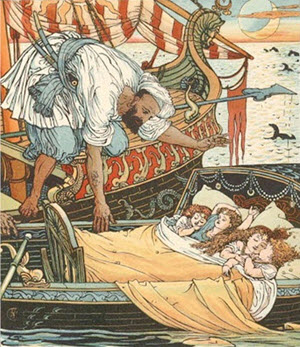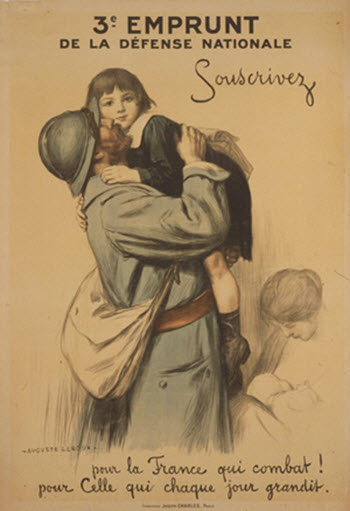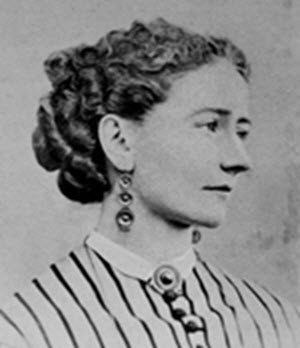Medieval Libraries and Manuscripts
It might have been expected, from the use of the word library in the Rule of S. Benedict, that a special room assigned to books would have been one of the primitive component parts of every Benedictine House. This, however, is not the case. Such a room does usually occur in these Houses, but it will be found, on examination, that it was added to some previously existing structure in the fourteenth or fifteenth[Pg 19] century. Its absence from the primitive plan brings out two points very clearly: (1) how few books even a wealthy community could afford to possess for several centuries after the foundation of the Order; (2) how strictly the Order adhered to prescribed arrangements in laying out its Houses, for even those built, or rebuilt, after books had become plentiful, do not admit a Library as an indispensable item in their ground-plan.
How then did they bestow their books after they had become too numerous to be kept in the church? The answer to this question is a very curious one, when we consider what our climate is, and indeed what the climate of the whole of Europe is, during the winter months. The centre of the monastic life was the cloister. Brethren were not allowed to congregate in any other part of the conventual buildings, except when they went into the frater, or dining-hall, for their meals, or at certain hours in certain seasons into the warming-house (calefactorium). In the cloister[Pg 20] accordingly they kept their books; and there they sat and studied, or conducted the schooling of the novices and choir-boys in winter and in summer alike.
Such a locality as this could not have been very favourable to the preservation of the books themselves. They, however, had a certain amount of protection which was denied to their readers, for they were shut up in presses. The word used for these, armarium, is the same as that which was applied by the Romans to their bookcases; and probably the idea of such a piece of furniture was due to a far-off echo of ancient usage. The official who had charge of the books did not derive his name from them, as in modern times, but from the presses which contained them—for he was uniformly styled armarius.
Next: Book Carrels